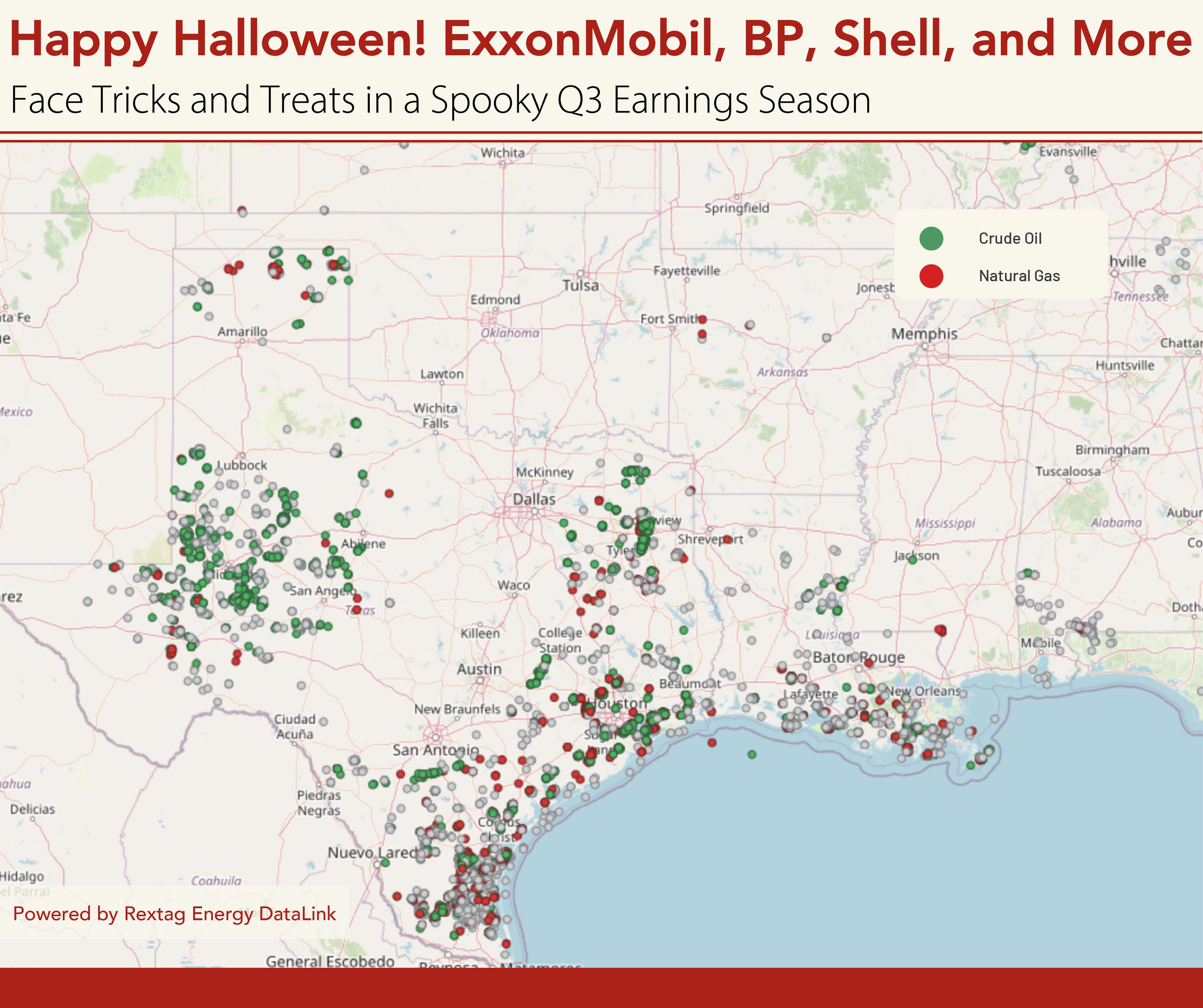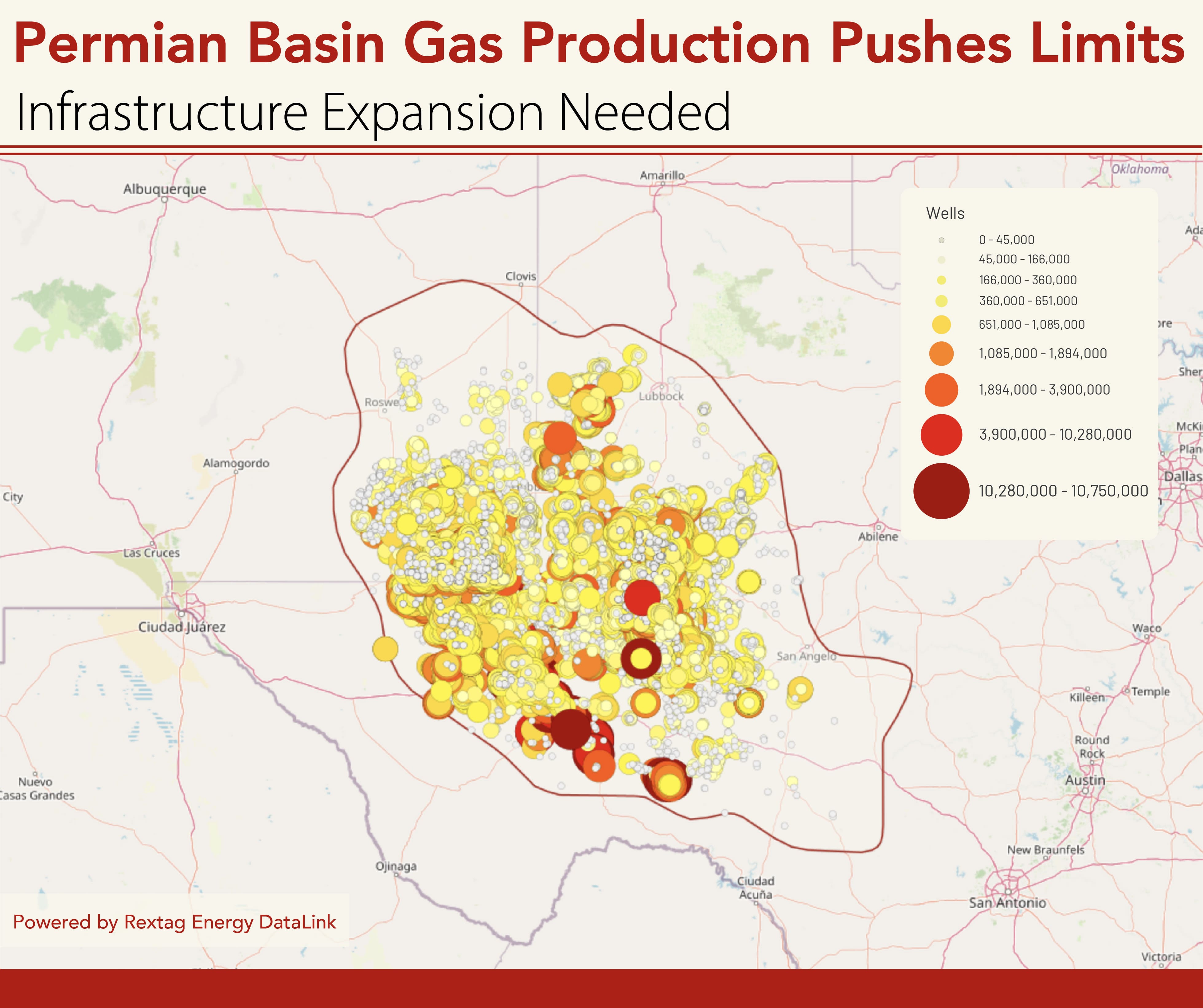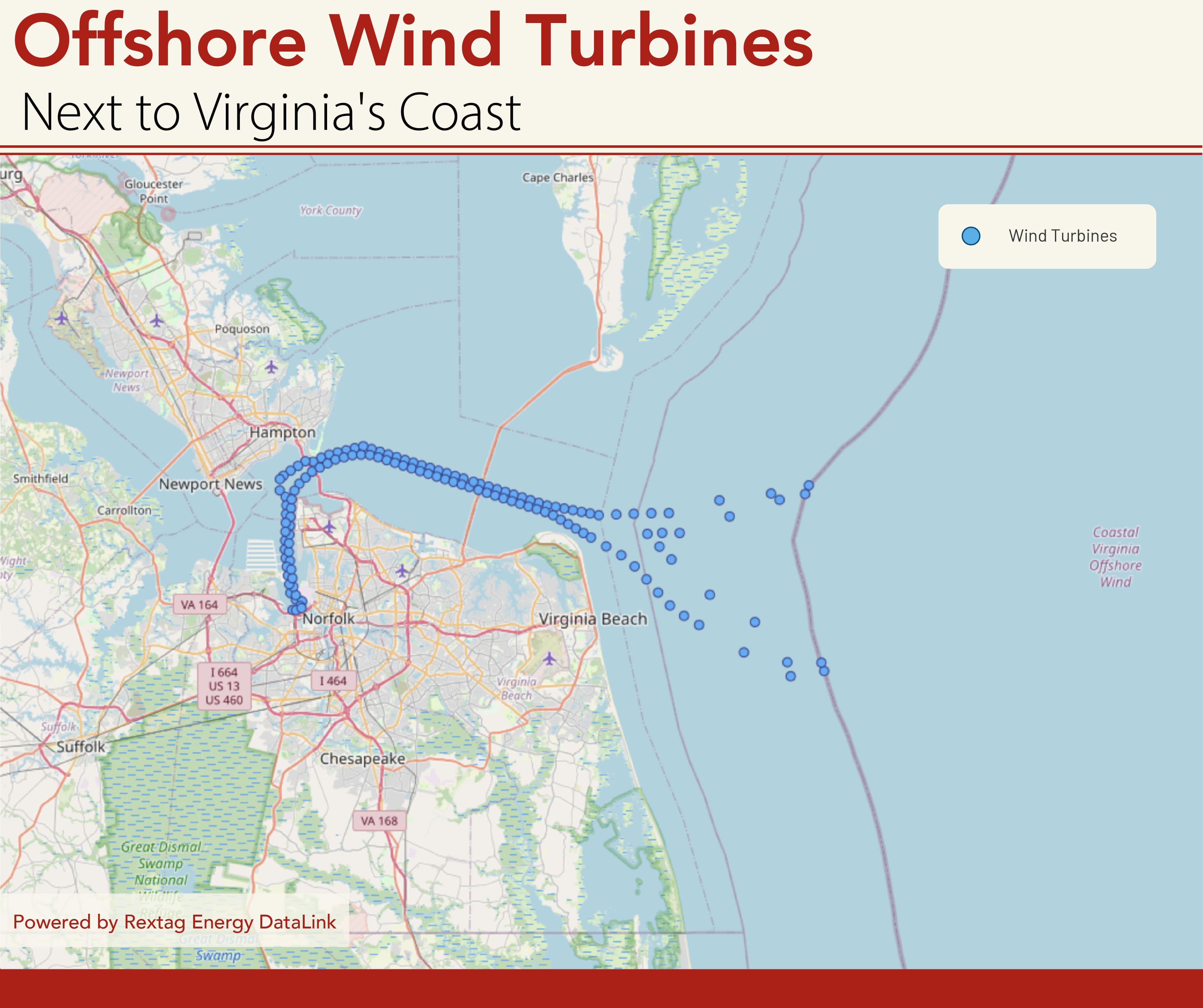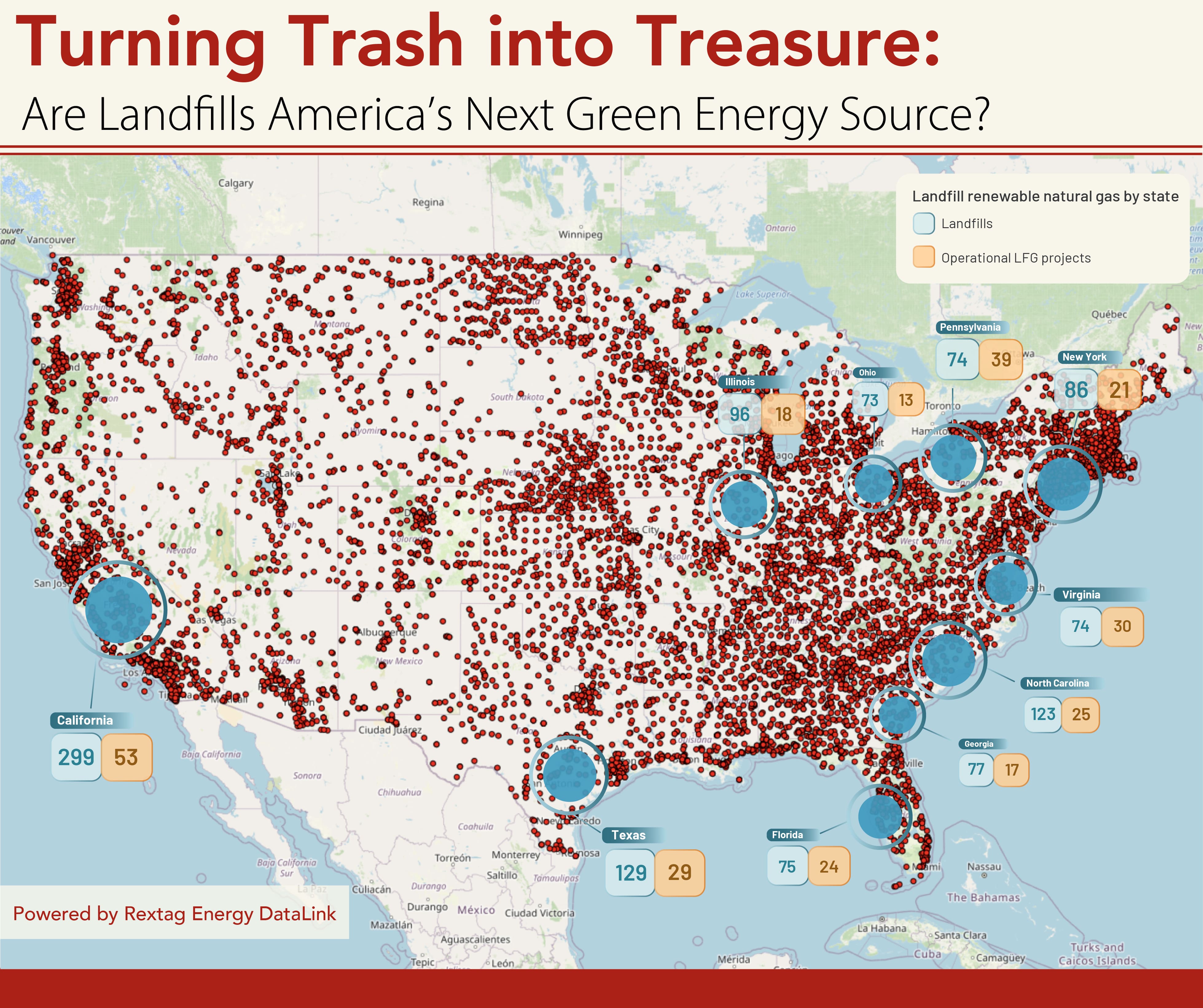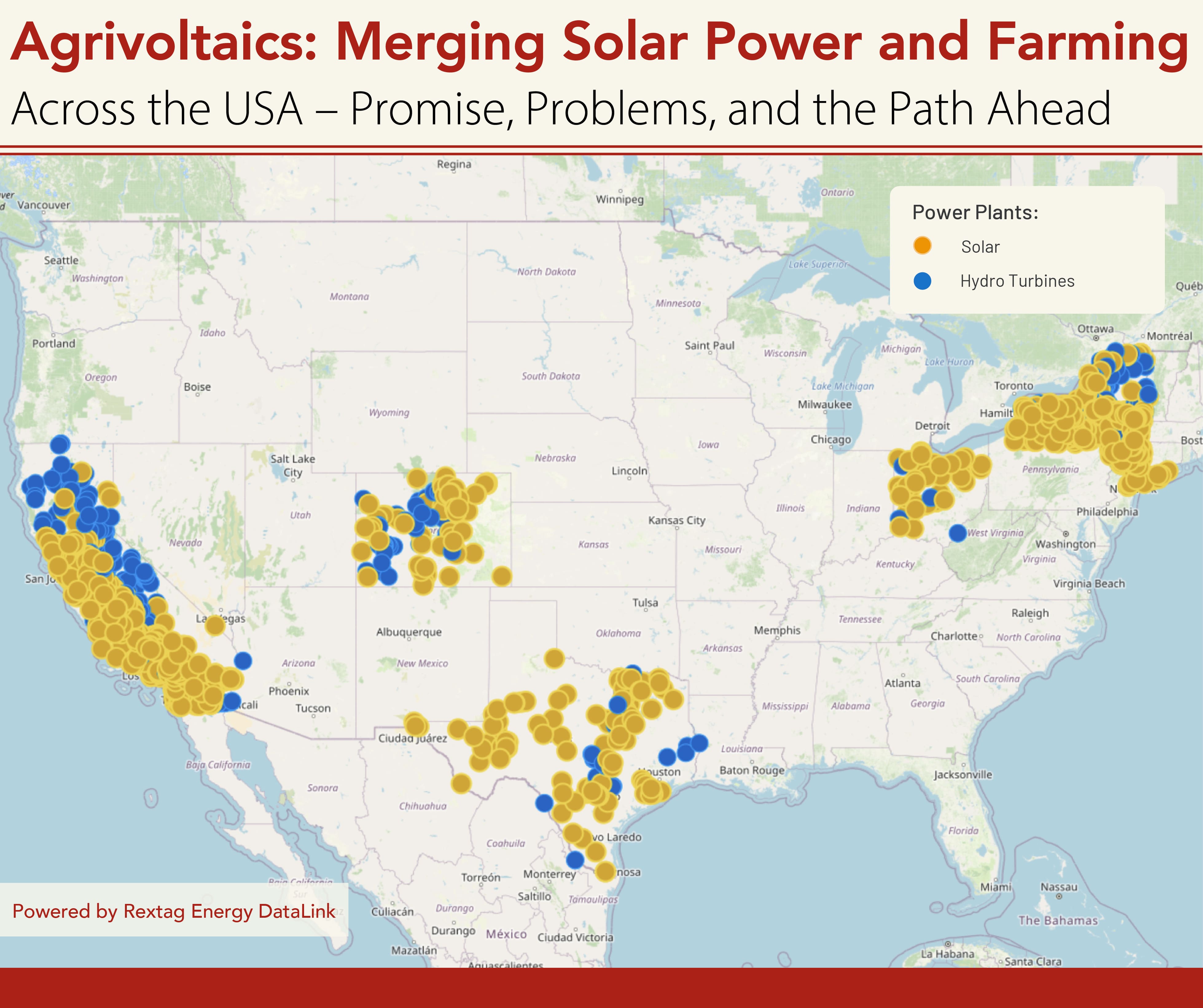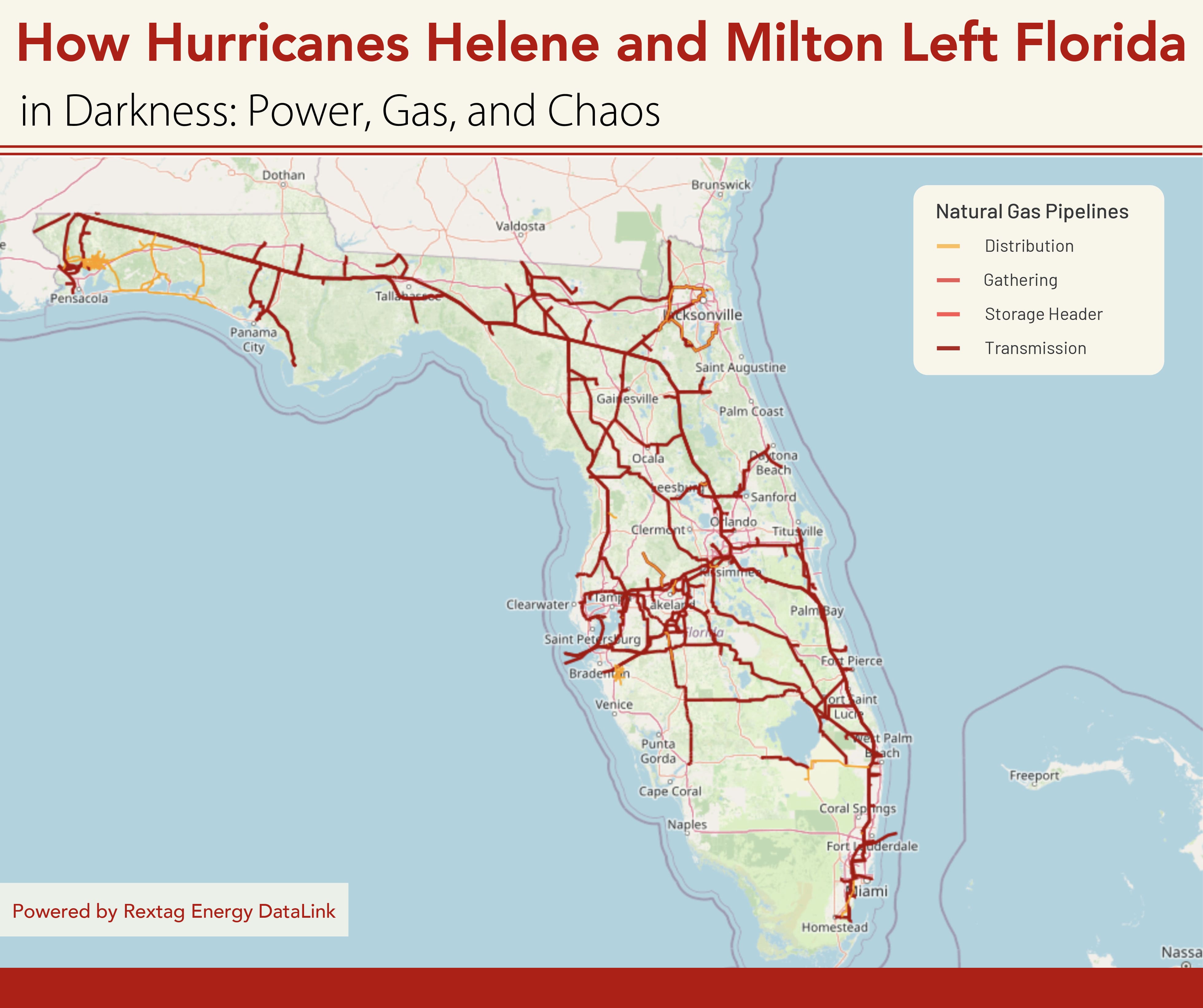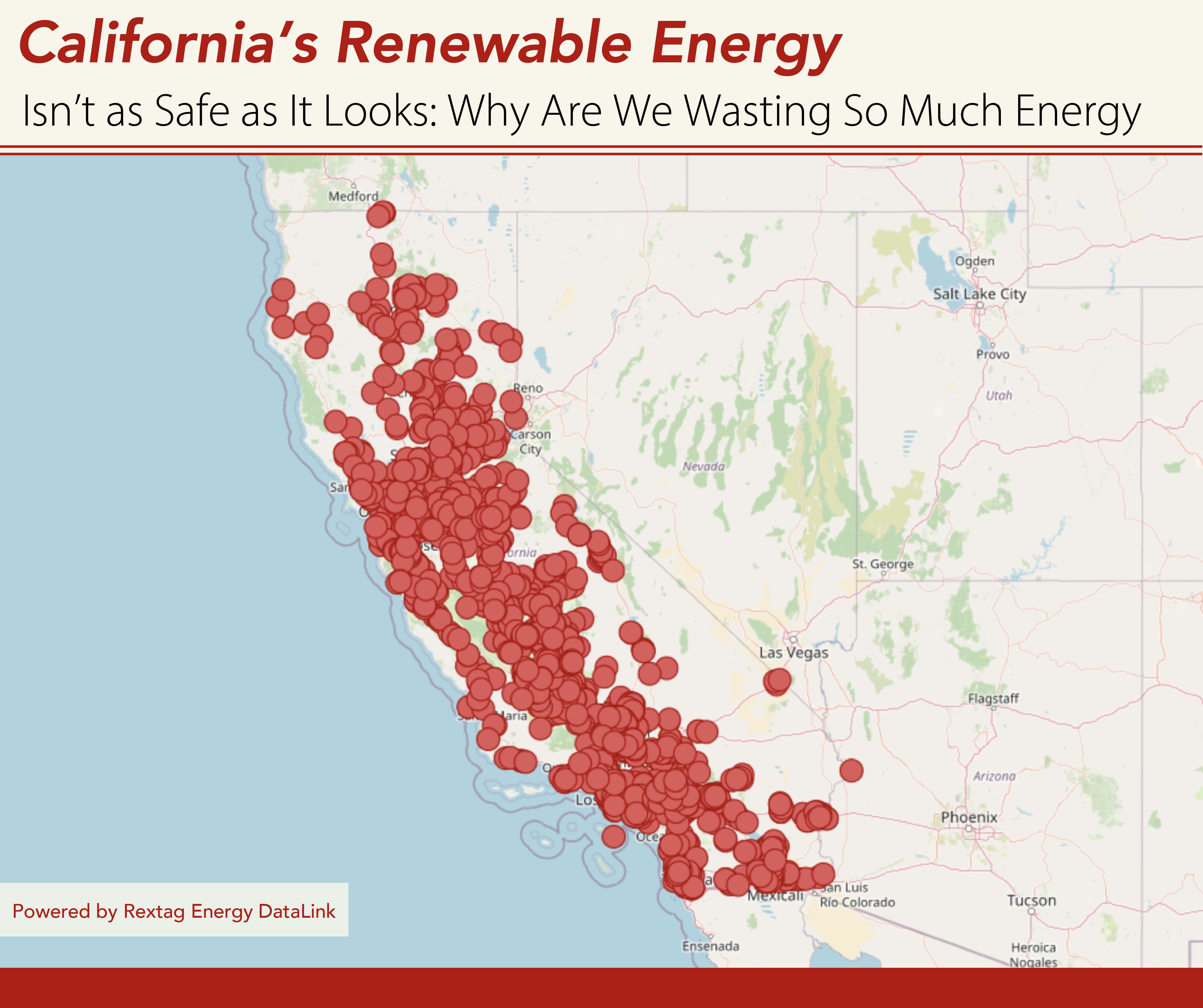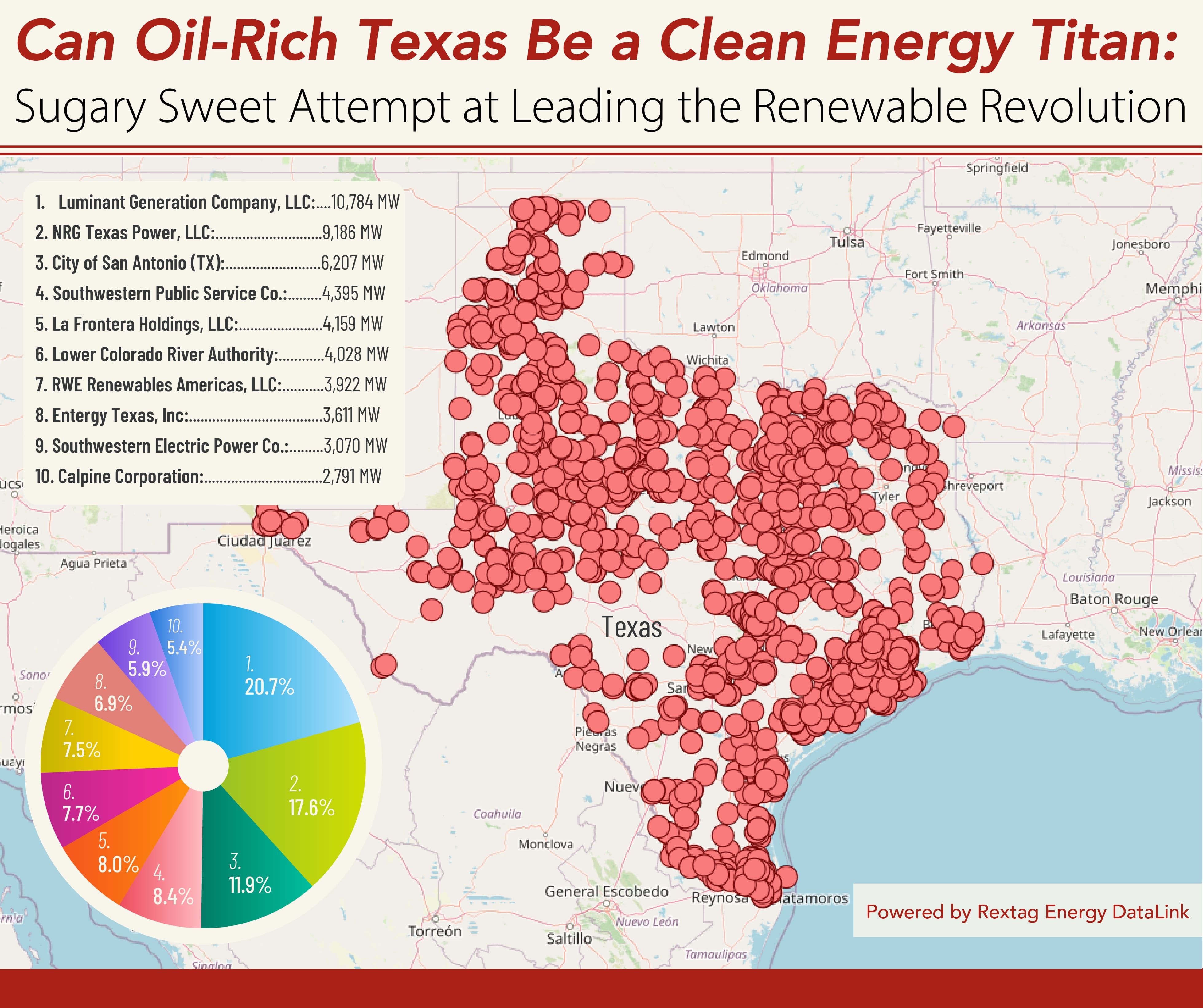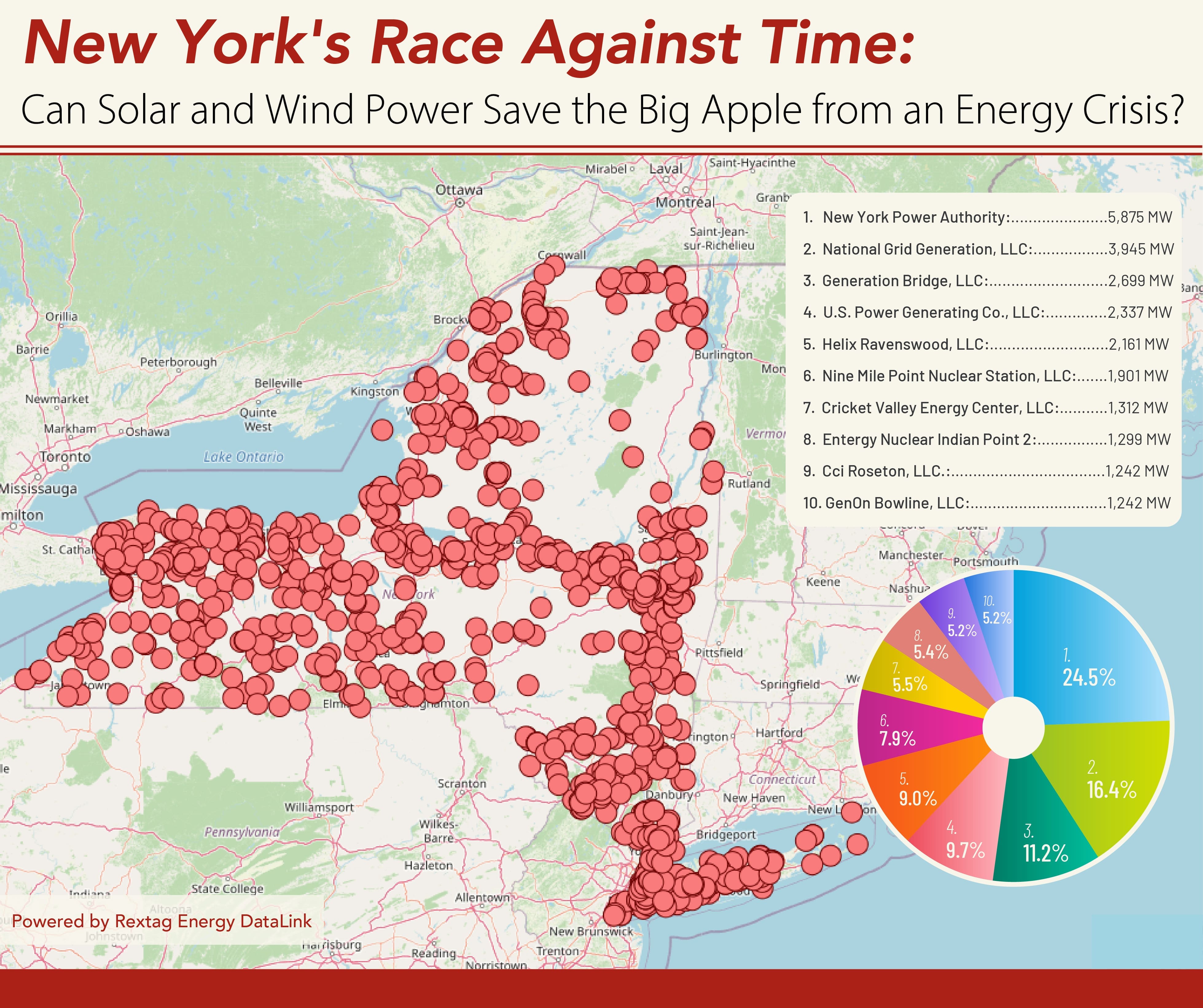Blog
Since days when shale oil and gas technologies were discovered, the U.S. energy industry has been evolving more rapidly than ever before. Many changes are amazing especially when you put them on an industry map. At Rextag not only do we keep you aware of major projects such as pipelines or LNG terminals placed in service. Even less significant news are still important to us, be it new wells drilled or processing plants put to regular maintenance.
Daily improvements often come unnoticed but you can still follow these together with us. Our main input is to “clip it” to the related map: map of crude oil refineries or that of natural gas compressor stations. Where do you get and follow your important industry news? Maybe you are subscribed to your favorite social media feeds or industry journals. Whatever your choice is, you are looking for the story. What happened? Who made it happen? WHY does this matter? (Remember, it is all about ‘What’s in It For Me’ (WIIFM) principle).
How Rextag blog helps? Here we are concerned with looking at things both CLOSELY and FROM A DISTANCE.
"Looking closely" means reflecting where exactly the object is located.
"From a distance" means helping you see a broader picture.
New power plant added in North-East? See exactly what kind of transmission lines approach it and where do they go. Are there other power plants around? GIS data do not come as a mere dot on a map. We collect so many additional data attributes: operator and owner records, physical parameters and production data. Sometimes you will be lucky to grab some specific area maps we share on our blog. Often, there is data behind it as well. Who are top midstream operators in Permian this year? What mileage falls to the share or Kinder Morgan in the San-Juan basin? Do you know? Do you want to know?
All right, then let us see WHERE things happen. Read this blog, capture the energy infrastructure mapped and stay aware with Rextag data!
Happy Halloween! ExxonMobil, BP, Shell, and More Face Tricks and Treats in a Spooky Q3 Earnings Season
As the leaves fall and we settle into Halloween’s cozy, pumpkin-spiced vibes, it’s not just the ghostly shadows creeping through the energy sector; major oil companies have reported mixed Q3 earnings, facing various challenges and surprises. While some players faced profit slumps reminiscent of a seasonal scare, others found treats hidden among their strategies and diversified portfolios. Here’s a look at how ExxonMobil, BP, CNOOC, Phillips 66, TotalEnergies, ConocoPhillips, and Shell fared in the last quarter.
Permian Basin Gas Production Pushes Limits – Infrastructure Expansion Needed
The rapid growth of natural gas production in the Permian Basin is pushing existing infrastructure to its limits, and additional pipeline projects are on the horizon to meet rising demand, according to East Daley Analytics. Despite ongoing price volatility—marked by repeated declines—demand for expanded energy markets continues to surge.
Virginia's Renewable Future: Dominion Energy Sells Wind Stake for $2.6B
Dominion Energy has struck a major deal by selling half of its stake in the Coastal Virginia Offshore Wind (CVOW) project to Stonepeak, one of the world’s leading infrastructure investors, for $2.6 billion. While Dominion will retain full control over the project’s development and day-to-day operations, this partnership gives Stonepeak a non-controlling 50% interest.
Turning Trash into Treasure: Are Landfills America’s Next Green Energy Source?
Landfills are essential to America’s waste management system, yet they face several operational, environmental, and regulatory challenges. With over 2600 active municipal solid waste (MSW) landfills across the country, they occupy an average of more than 600 acres, which is roughly equivalent to 500 football fields. Methane emissions from landfills contribute significantly to global warming, accounting for 15.1% of U.S. methane emissions. As the waste sector is a major contributor to methane emissions, there is a growing emphasis on improved monitoring, reduction technologies, and the integration of renewable natural gas (RNG) solutions to mitigate the impacts of these emissions.
Agrivoltaics: Merging Solar Power and Farming Across the USA – Promise, Problems, and the Path Ahead
Agrivoltaics, a combination of agriculture and solar power generation on the same land, is quickly gaining traction across the United States as a solution to balancing the demand for renewable energy and the need to preserve farmland. As the country pushes toward its goal of achieving net-zero emissions, solar power is expected to play a significant role in this transition. However, concerns about the loss of agricultural land have led to the rise of agrivoltaics, where farming and solar energy production coexist.
How Hurricanes Helene and Milton Left Florida in Darkness: Power, Gas, and Chaos
The 2024 Atlantic hurricane season has hit Florida hard, with Hurricanes Helene and Milton exposing the vulnerabilities in the state's energy infrastructure. As Florida grapples with the aftermath of these back-to-back storms, the damage to oil, gas, and energy supplies has created severe disruptions, leaving residents and industries struggling to recover.
California’s Renewable Energy Isn’t as Safe as It Looks: Why Are We Wasting So Much Energy?
California has long been at the forefront of renewable energy in the United States, from its vast solar farms to its growing battery storage capacities. But beneath the headlines of a "clean energy revolution" lies a complex reality—one shaped by ambitious targets, grid challenges, and the everyday experiences of Californians grappling with rising energy costs and increasing grid instability. As California pushes towards its 100% clean energy goal, the road is full of both promise and pitfalls.
Can Oil-Rich Texas Be a Clean Energy Titan: Sugary Sweet Attempt at Leading the Renewable Revolution
Texas is taking bold steps toward a future powered by clean energy. Once known mainly for its oil and gas, the state is now a leader in wind, solar, and battery storage. But as electricity demand grows, so do the challenges of balancing energy needs with infrastructure limits. Here’s a look at how Texas is transforming and what hurdles lie ahead + find out who works with Facebook’s parent company Meta on new technology across the U.S.
